Ancient news stories
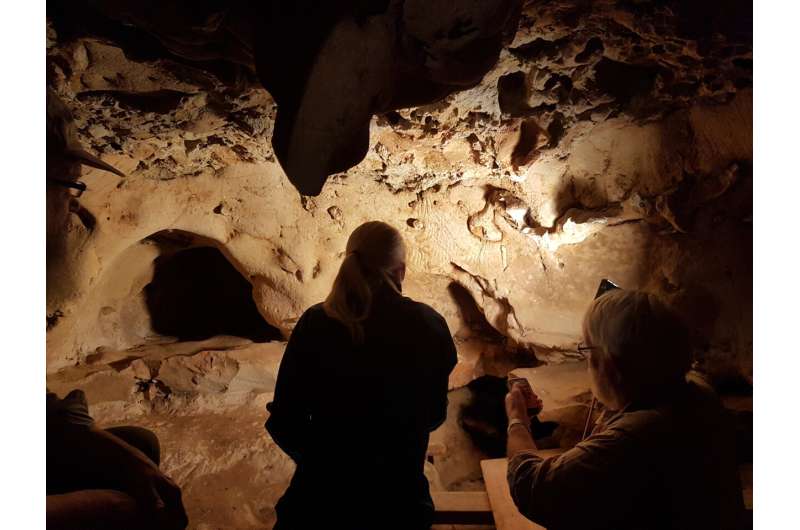
Markings on a cave wall in France are the oldest known engravings made by Neanderthals, according to a study published June 21, 2023, in the open-access journal PLOS ONE by Jean-Claude Marquet of the University of Tours, France and colleagues.
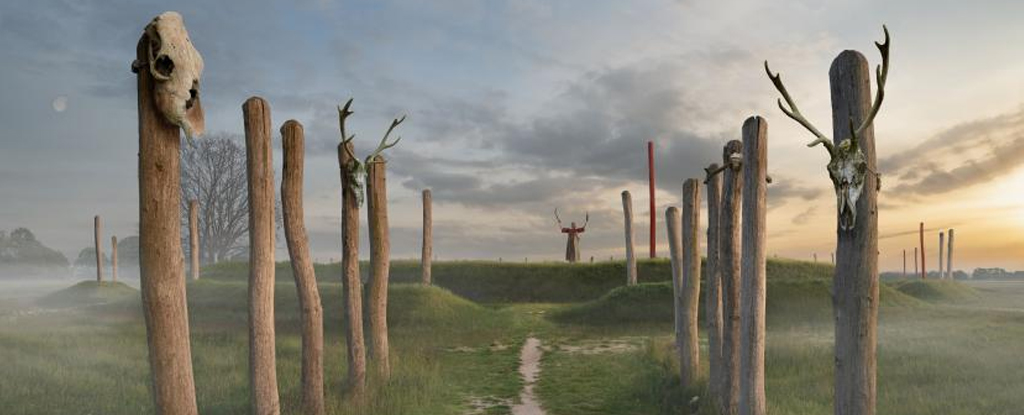
Dutch archaeologists on Wednesday revealed an around 4,000-year-old religious site – dubbed the “Stonehenge of the Netherlands” in the country’s media – which included a burial mound serving as a solar calendar.
Researchers studying the sites have determined that the Yanliao Biota date back to between 164 million and 157 million years ago. Their results are published in the journal Earth and Planetary Science Letters.
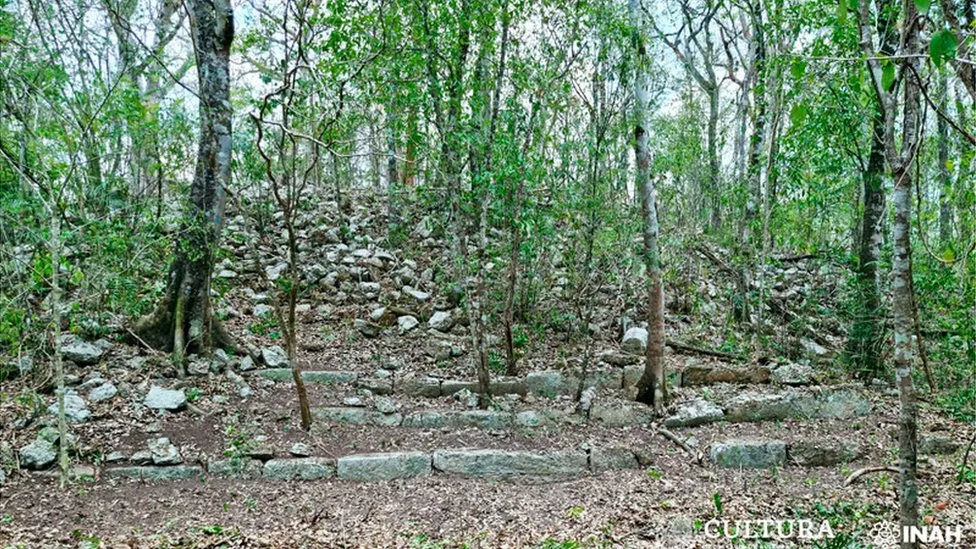
Experts found several pyramid-like structures measuring more than 15m (50ft) in height.Pottery unearthed at the site appears to indicate it was inhabited between 600 and 800 AD, a period known as Late Classic.
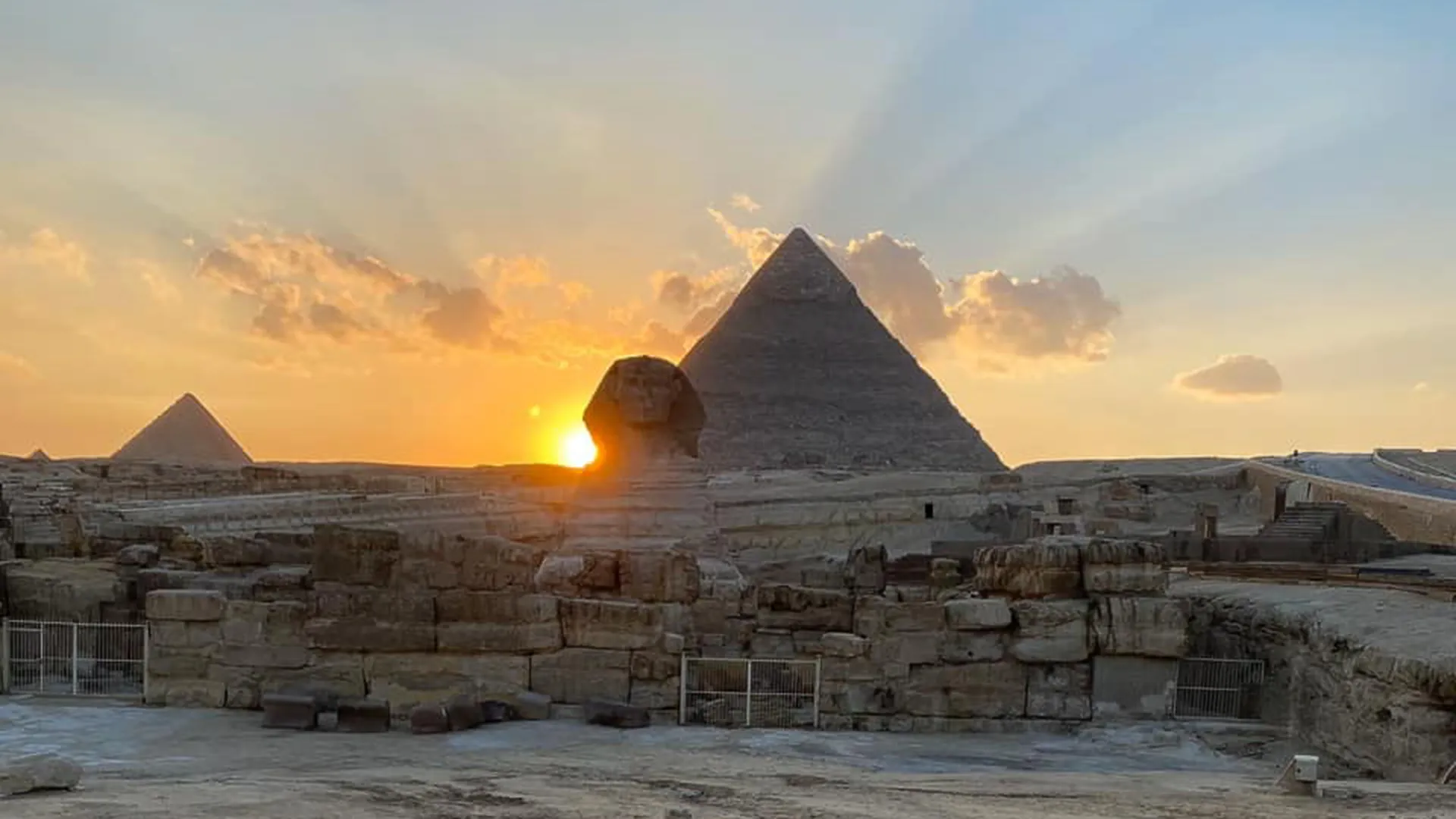
From the Mediterranean to North America, there’s a lot of evidence that the day the ‘sun stands still’ has been important to humans for thousands of years.
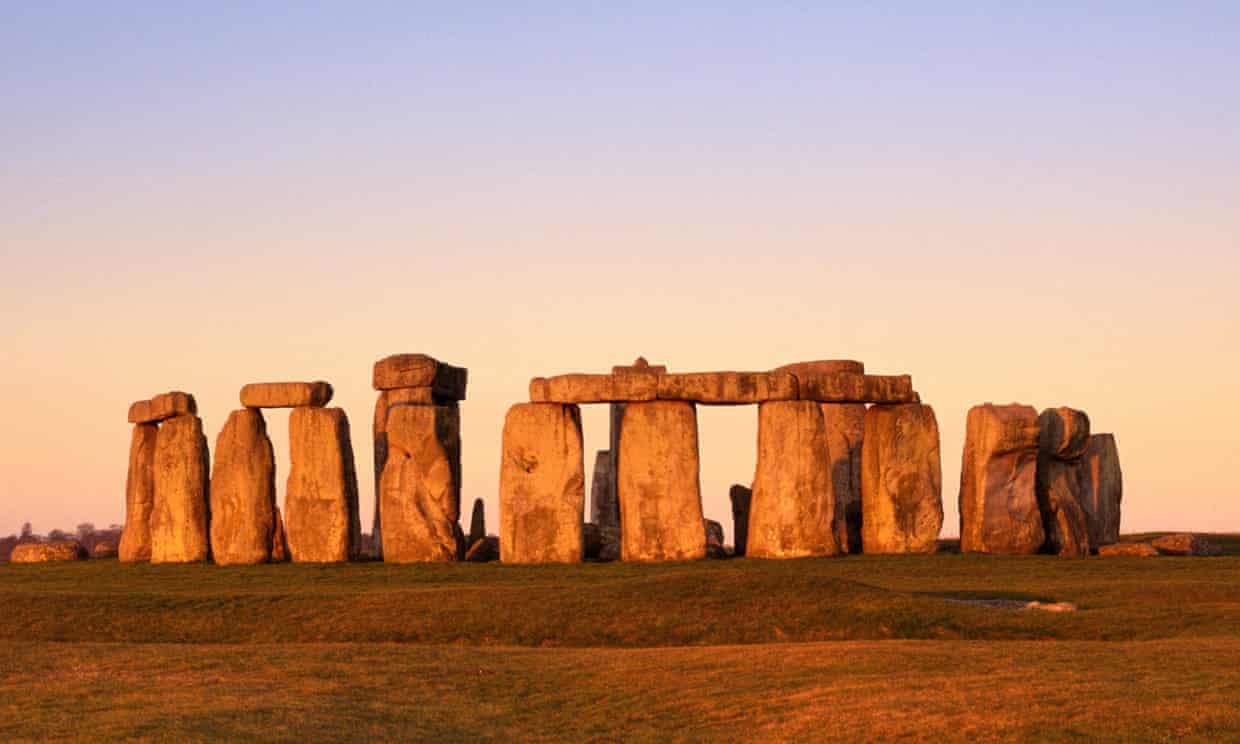
New clues from an ancient plague are pushing us to rethink where Britons were ‘really’ from – and the answer is complicated.
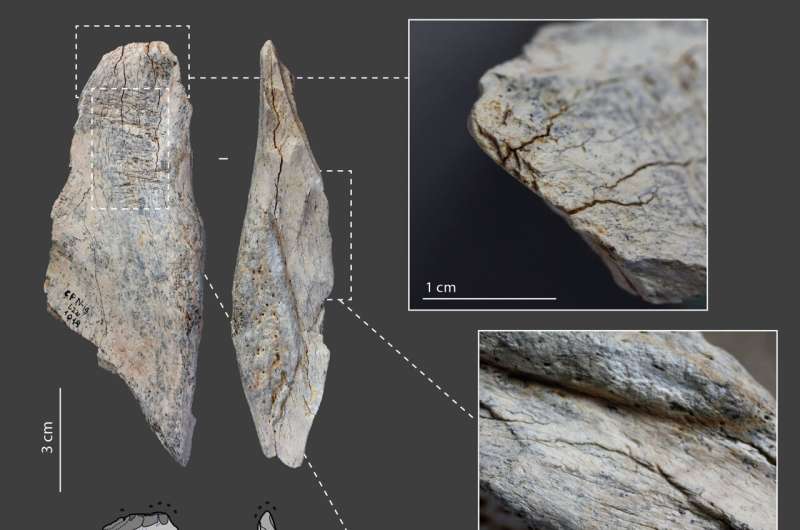
Were anatomically modern humans the only ones who knew how to turn bone into tools? A discovery by an international team at the Chez-Pinaud-Jonzac Neanderthal site settles the question. Published in PLOS ONE, it sheds light on a little known aspect of Neanderthal technology.
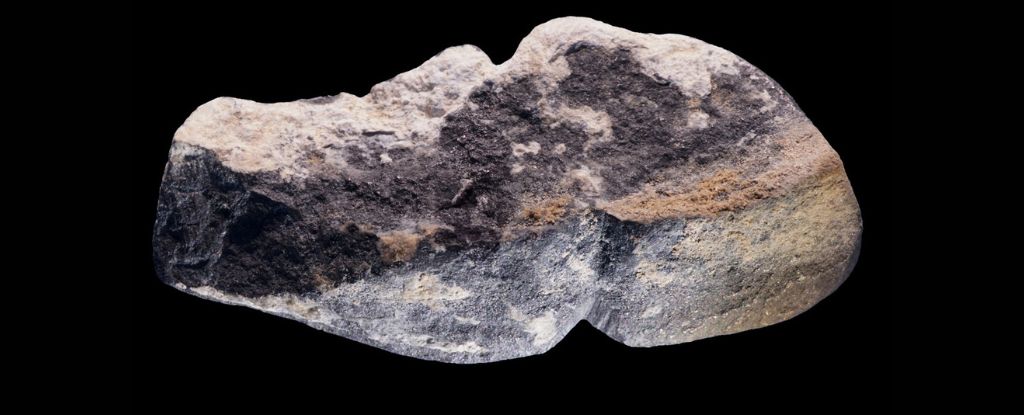
An ancient oblong artifact made about 42,000 years ago bears a carving that looks suspiciously penis-like. Some archaeologists think it could be the earliest known phallic figurine in the world. See the research here.
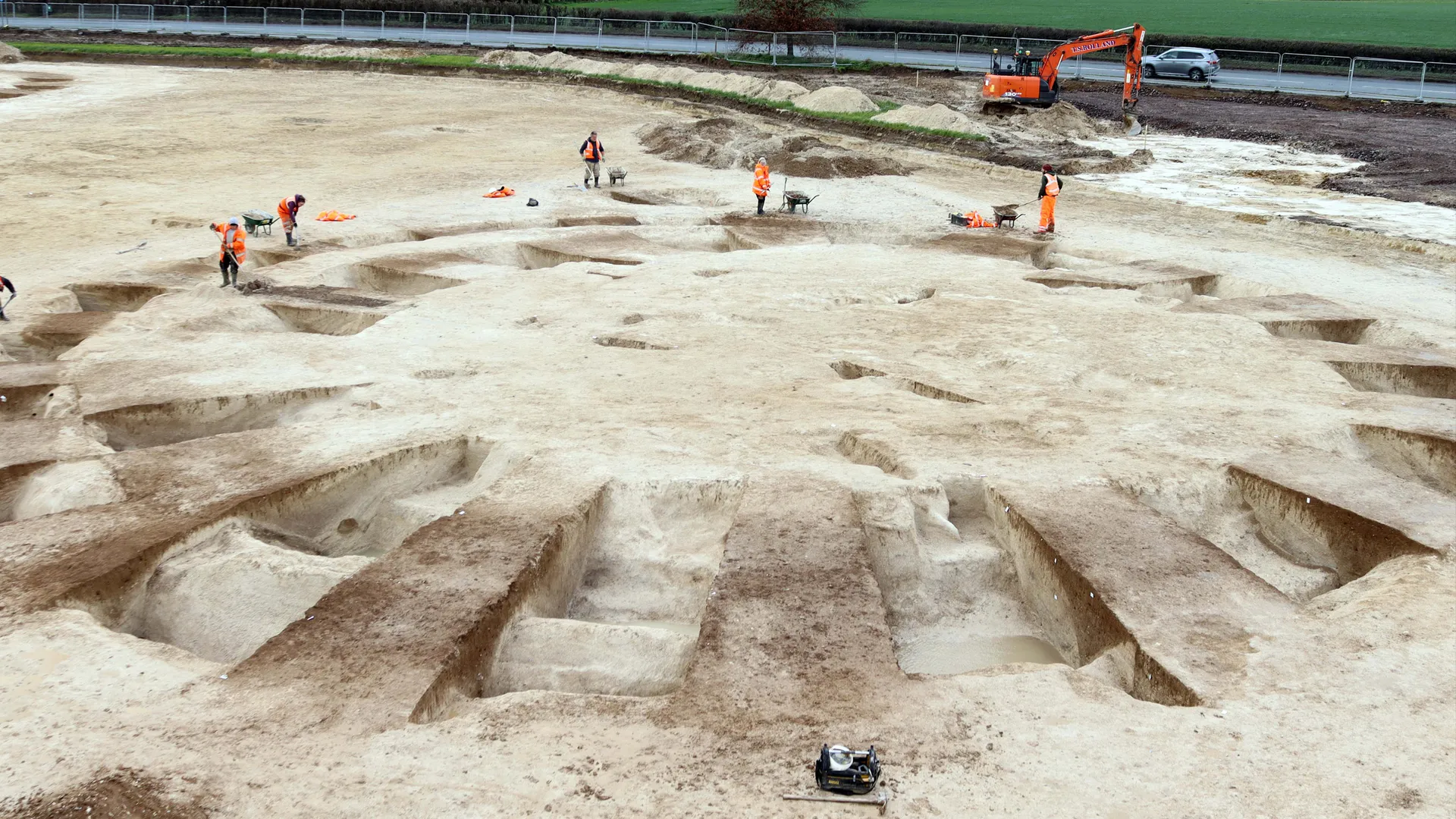
Archaeologists have discovered a vast cemetery of Bronze Age burial mounds, thought to be up to 4,400 years old, ahead of a building development less than 10 miles (16 kilometers) from Stonehenge.

Archaeologists have discovered extremely rare evidence for early Homo sapiens in Britain. The finds of stone tools and animal bones, dating to the last Ice Age, were found during archaeological excavations at Pembroke Castle’s Wogan Cavern. Their excavations will continue this summer.

At the start of the week of the Summer Solstice, many will once again marvel at the magnificent structures built across Ireland thousands of years ago, including Newgrange in Co Meath. The structures were built by the descendants of the first peoples that landed on the island in what is believed to be two migratory waves from around 10,000 years ago.
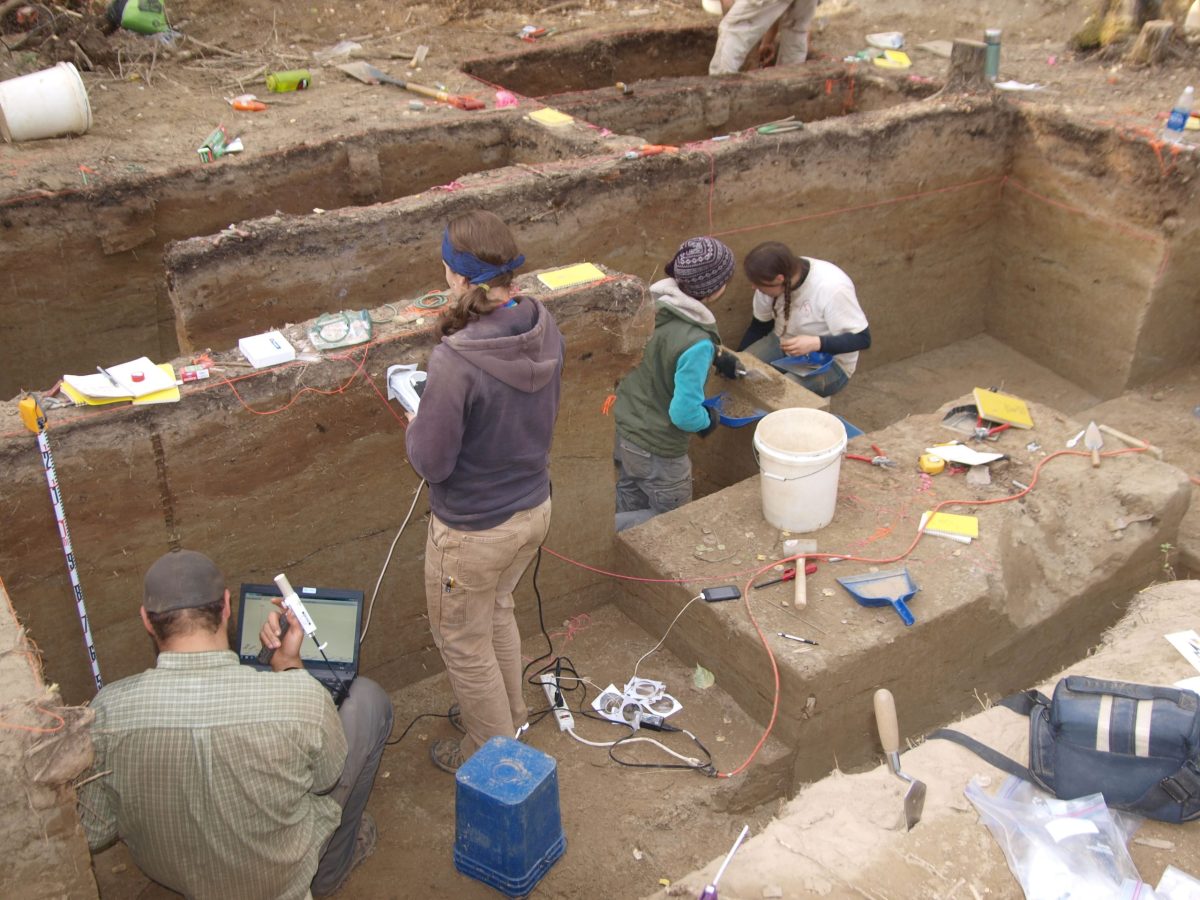
A team led by the University of Alaska Fairbanks researchers has discovered the earliest known evidence that Native Americans living in present-day central Alaska may have begun freshwater fishing around 13,000 years ago during the last ice age. See the study here.
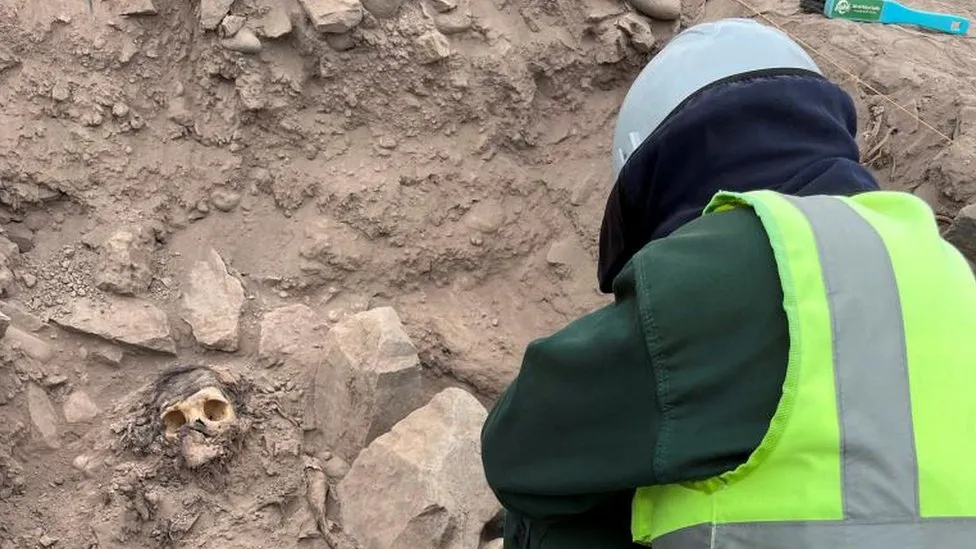
Archaeologists in Peru conducting a dig at the site of a rubbish dump in the capital Lima have found a mummy they think is around 3,000 years old.
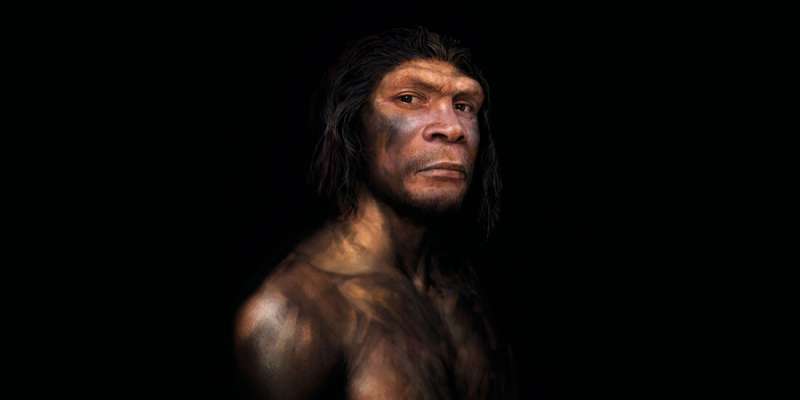
When the first Neanderthal skeleton was found in the Neandertal (Neander Valley) in Germany in 1856, scientists imagined the person to have been a dull-witted cave dweller. The German zoologist Ernst Haeckel went so far as to give this first individual the name Homo stupidus.

We are witnessing a resurgence of Indigenous knowledge and growing acknowledgement of its scientific value worldwide…But progress has not been straightforward, with some scientists publicly questioning the scientific value of mātauranga.
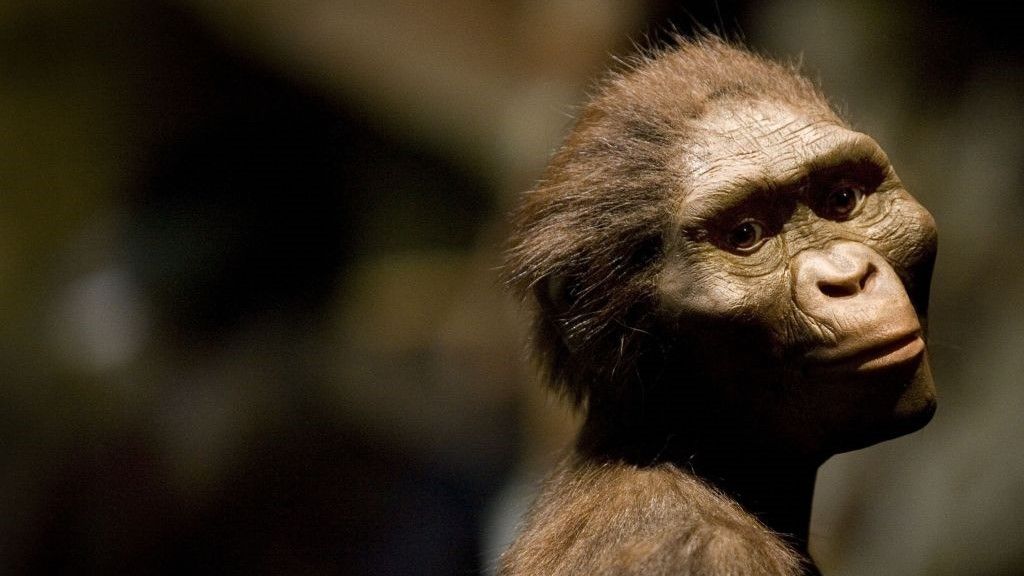
Our 3.2 million-year-old ancestor “Lucy” could stand and walk upright just like modern humans do, new 3D muscle modeling reveals. The study was published Wednesday (June 14) in the journal Royal Society Open Science.








